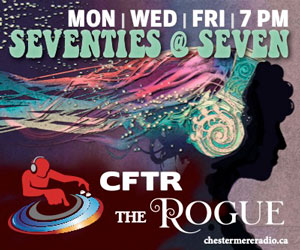(Part 1 of 2)
I am a big fan of children getting to know and love dogs at an early age. This can lead to a wonderful long term relationship between the dog and the child. But let’s not fool ourselves that this can happen by magic or is just a natural event. For there to be a safe environment for both the child and the dog, there needs to be a lot of careful thought and planning go into how this can work best for all concerned. But of all the do’s and don’ts, the most important is never to leave a young child alone with a dog: supervise and observe the interaction between the dog and the child at all times.
Here are 8 ways to keep a child and a dog safe:
- When approaching someone else’s dog, always ask the owner if it’s ok to pet their dog. The dog may seem friendly enough but unless you ask you never know if the dog is sick, grouchy or doesn’t like children.
- Recognition of facial and eye signals is built into most animals’ psyche. Different species react differently to body language and facial signals, but for dogs, eye to eye contact means that someone is challenging them. This is a way these animals establish dominance, and it will irritate the dog. Teach your child not to look directly into a dog’s eyes. Try looking at it’s paws or ears: this is not threatening to a dog.
- Do not put your face close up to the dog’s face. This too is threatening to a dog and, as a result, the dog may snap at the child. Always keep some distance between the child and the dog until it is proven to be safe.
- Avoid approaching a dog when it is eating, either a meal or a treat. Dogs do not understand the concept of sharing and may act aggressively if they feel you are going to take their food.
- Children need to respect dogs. As an example, no-one should ever pull a dog’s tail, pull their ears, or treat them like a rag doll. Even the most tolerant of dogs may lose patience with being treated that way and snap.
- Play between children and dogs must be supervised by a responsible adult. As with food, dogs may become possessive of their toys so always let the dog bring a toy to you rather you grabbing one of the dog’s toys.
- Dogs need space away from children. They can get overwhelmed by the surroundings and seek out a place to rest. When a dog goes to their bed, their crate, or under a bed, it means that they may be getting stressed or anxious, and are trying to find a spot they feel comfortable in. Let your child know to respect the dog’s choice to rest. Dog crates are often your pet’s sanctuary. No one should ever chase after any canine trying to hide away, nor should they try to pull the dog out of the hiding place. This will often lead to dog bites.
- With older children, one thing that makes me cringe is seeing a child taking a dog for a walk but being physically incapable of controlling their dog. This invariably happens with the larger breeds of dog whose power can overwhelm a child on the other end of the leash. Even with the best of temperaments, all it takes is for the dog to spot a squirrel, rabbit or gopher and start to lunge towards it for there to be a serious accident. Please don’t send your child out with a dog unless they are physically capable of controlling the dog at all times.
Next week we’ll continue with other ways of making life safe for both your child and your dog.







